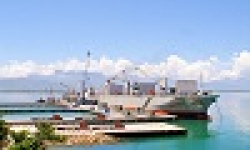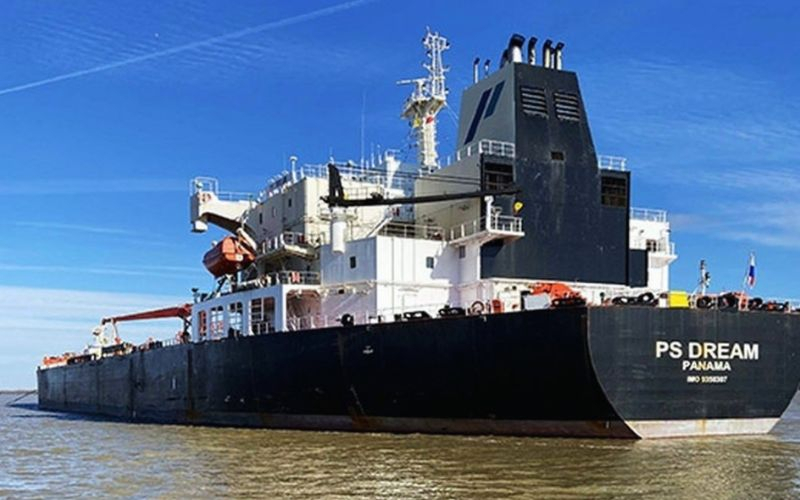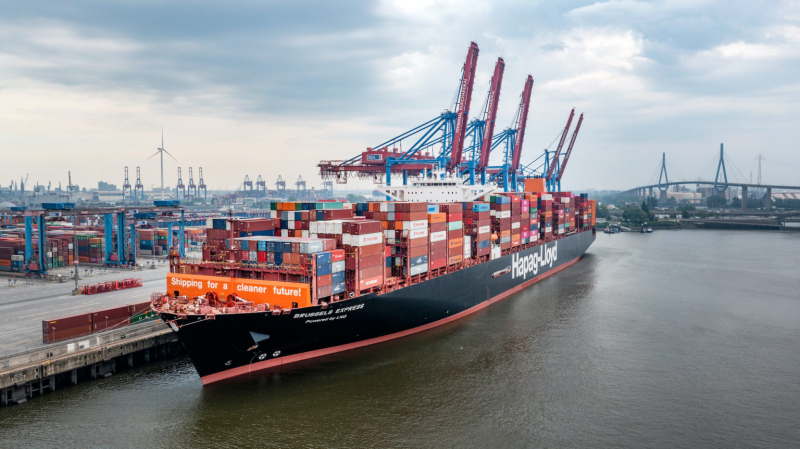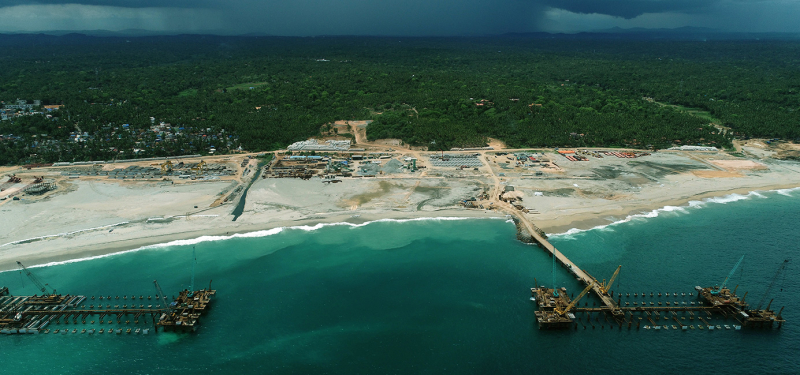The third quarter of 2025 marked a dramatic reversal for the European container freight market, with spot rates sliding steadily to their lowest levels since late 2023. Carriers attempted to offset falling load factors with blank sailings and general rate increases (GRIs), but persistent oversupply and weakening demand left sentiment firmly bearish heading into Q4.
July: GRIs falter as summer lull sets in
The quarter began with some early strength, as successful GRIs and capacity constraints lifted rates in the first half of July. PCR1 - North Asia to North Europe - reached $3,500/FEU in early July before easing to $3,100/FEU by month-end. PCR3 - North Asia to Mediterranean - fell more sharply, from $3,800/FEU at the start of the month to $3,000/FEU by July 31, reflecting weaker southern European demand.
Market participants cited muted peak-season volumes and operational bottlenecks as key drivers of the decline. Blank sailings and congestion at Rotterdam, Antwerp, and London Gateway added to volatility.
August: Relentless erosion to sub-$2,000 levels
August delivered sustained weakness across both trades. PCR1 dropped from $2,900/FEU at the start of the month to $2,000/FEU by Aug. 30, marking seven consecutive weeks of decline. PCR3 initially held steady at $2,500/FEU, but pressure built as redeployed tonnage weighed on volumes.
"Rates are chaotic - extra loaders have undercut the market, and carriers are being forced to chase cargo with ever-lower FAK levels," one carrier said.
The fallout from the Aug. 13 fire on the Marie Maersk also heightened uncertainty. Forwarders reported little difficulty in securing space, with sub-$2,000/FEU levels seen increasingly likely into September.
September: Collapse to new lows, GRIs announced
September brought the sharpest falls of the year, pushing rates to fresh multiyear lows. PCR1 fell from $1,700/FEU in early September to $1,300/FEU by Sept. 26, with forwarders reporting deals as low as $1,100–$1,200/FEU on base port runs. PCR3 mirrored the trend, dropping from $2,100/FEU in early September to $1,600/FEU at month-end.
"We can't afford to keep rate levels at $1,300 - even the big boys need $1,800/FEU to break even," a carrier source said. Forwarders were unconvinced by attempts to lift rates, with one noting, "Carriers are dreaming as always. Where are the cargoes going to come from? Even Chinese New Year isn't until February."
Carriers announced GRIs targeting $2,000/FEU to North Europe for the second half of October, alongside deeper blank sailing programs. But sources said the measures were unlikely to stick until seasonal cargo flows returned in November.
Operational dynamics and tenders
Congestion eased at North European ports by late September, with waiting times reduced to less than a day as the summer peak ended. But weather disruptions in China and northern Vietnam kept Asian congestion elevated.
The volatility also strained contract negotiations. "When you start talks with rates around $1,200/FEU, you're coming from a weak point. Carriers are pushing back on tenders because they need a GRI to strengthen their position," a forwarder said, noting that the major shippers are pressing for lower rates. Some BCOs were already targeting $1,300–$1,400/FEU for 2026 contracts.
Long-term rate launch
On Oct. 1, Platts, part of S&P Global Commodity Insights, launched a new long-term container freight assessment covering the North Asia-North Europe front-haul trade. Published weekly, the assessment captures contracted rates between carriers and shippers, offering increased transparency alongside existing spot benchmarks. The new price series comes as tender season intensifies, providing market participants with an independent view of longer-term freight market dynamics.
Outlook: Skepticism into Q4
Market participants expect bearish sentiment to dominate into October, with any recovery contingent on successful GRIs and a seasonal pickup in demand by November.
"At one point carriers will have to push the rate up to create a suitable market environment for 2026 - but right now, it's far too early," a London-based forwarder said.
Platts is part of S&P Global Commodity Insights.





























